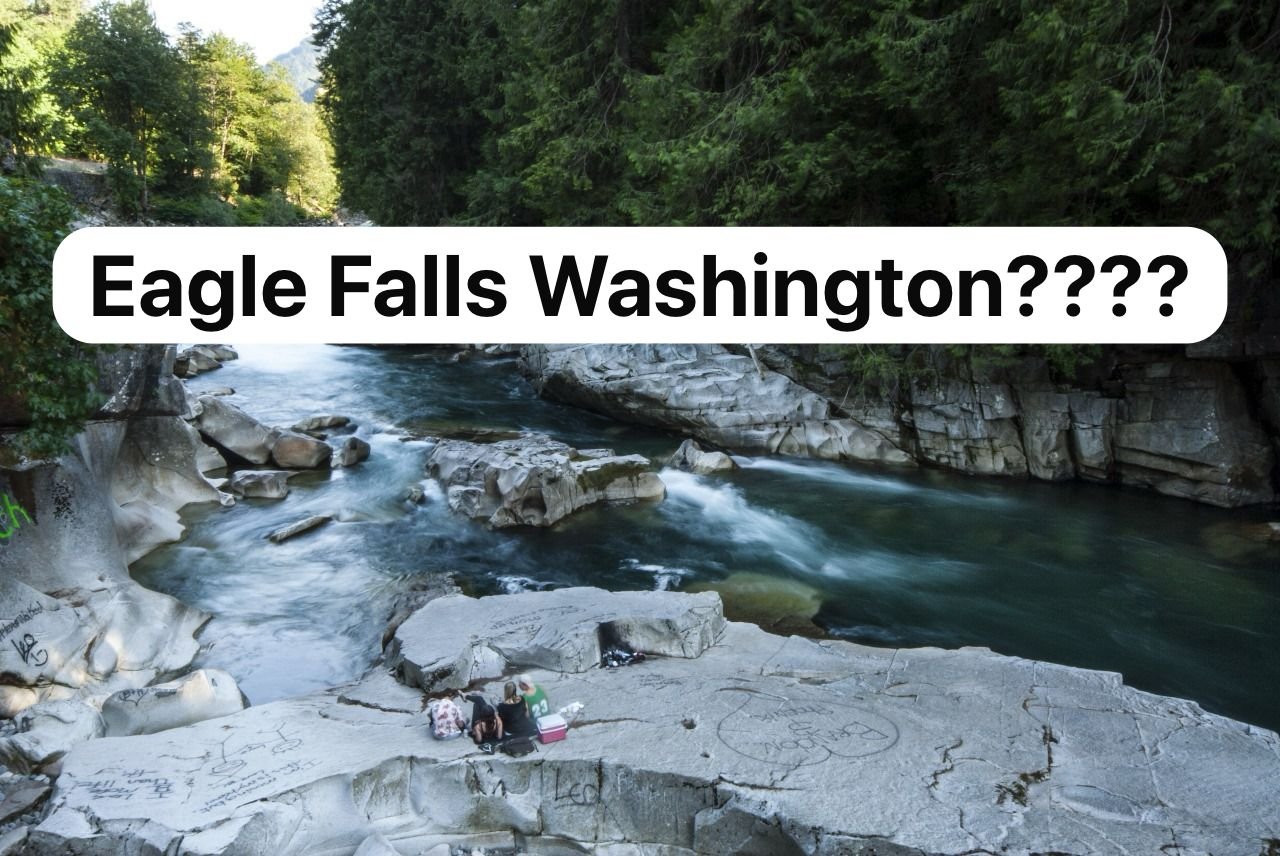Introduction
Nestled within the lush forests of Washington state, Eagle Falls is a breathtaking waterfall that offers visitors a chance to experience the raw beauty of the Pacific Northwest. Located along the Skykomish River, this serene spot is a favorite among locals and travelers alike, yet it remains one of the region’s lesser-known treasures. In this guide, we’ll take you through everything you need to know to make the most of your visit to Eagle Falls, including tips on how to get there, the best time to visit, and what to expect along the way.
Getting to Eagle Falls
Where is Eagle Falls Located?
Eagle Falls is located near the small town of Baring, Washington, approximately 60 miles northeast of Seattle. It is situated along Highway 2, a scenic route that winds through the Cascade Mountains and offers stunning views of the surrounding landscape.
How to Get There
To reach Eagle Falls, you’ll need to take Highway 2 from Seattle, heading east toward Stevens Pass. The drive takes about 90 minutes and offers a scenic journey through the heart of the Pacific Northwest. Once you reach Baring, keep an eye out for the Eagle Falls sign on the left side of the road. There is a small parking area near the falls, but be aware that it can fill up quickly during peak times, so it’s best to arrive early.
The Best Time to Visit Eagle Falls
Seasonal Considerations
Eagle Falls is accessible year-round, but the best time to visit depends on what kind of experience you’re looking for. The spring and early summer months are ideal for those who want to see the falls at their most powerful, as the snowmelt from the surrounding mountains feeds the river, creating a roaring cascade. During this time, the surrounding vegetation is also at its most vibrant, adding to the picturesque scenery.
In contrast, fall offers a quieter, more peaceful experience. The crowds thin out, and the fall foliage provides a stunning backdrop to the falls. However, be prepared for cooler temperatures and the possibility of rain.
What to Expect at Eagle Falls
The Hike to Eagle Falls
One of the best things about Eagle Falls is that it requires minimal effort to reach. The falls are located just a short walk from the parking area, making them accessible to visitors of all ages and abilities. The path is well-maintained and easy to follow, though it can be slippery, especially after rain, so sturdy footwear is recommended.
Safety Tips
While Eagle Falls is a beautiful place to visit, it’s important to be aware of the potential dangers. The rocks around the falls can be slippery, and the current in the river is stronger than it appears. There have been accidents at the falls, so it’s crucial to exercise caution, especially if you plan on swimming or exploring the rocks near the water.
Nearby Attractions
The Skykomish River
Eagle Falls is part of the larger Skykomish River, a popular destination for outdoor enthusiasts. The river is known for its excellent white-water rafting and kayaking opportunities, with rapids ranging from class II to class V. For those who prefer a more relaxed experience, there are also plenty of spots along the river for fishing or simply enjoying the peaceful surroundings.
Stevens Pass
Just a short drive from Eagle Falls is Stevens Pass, a popular ski resort that offers a wide range of activities year-round. In the winter, visitors can enjoy skiing, snowboarding, and snowshoeing, while the summer months offer opportunities for mountain biking, hiking, and scenic chairlift rides. The resort also has a variety of dining options and accommodations, making it a great base for exploring the area.
Conclusion
Eagle Falls, Washington, is a true hidden gem in the Pacific Northwest. Whether you’re looking for a quick stop on a scenic drive or a peaceful spot to immerse yourself in nature, Eagle Falls offers something for everyone. With its easy access, stunning scenery, and proximity to other attractions, it’s no wonder that this waterfall has become a favorite among those in the know. So pack your camera, lace up your hiking boots, and get ready to discover one of Washington’s most beautiful waterfalls.


Leave a Reply